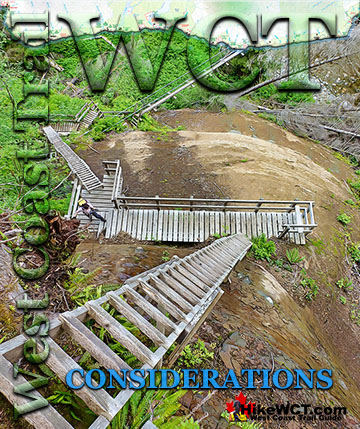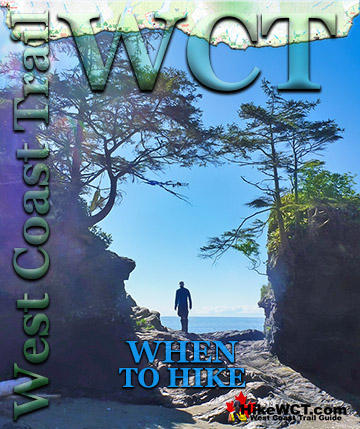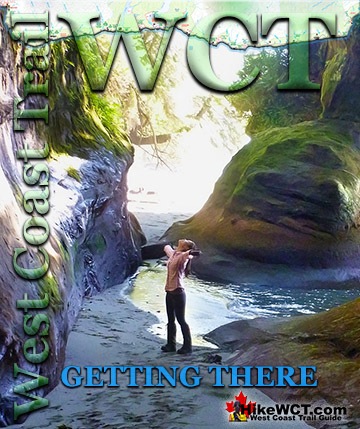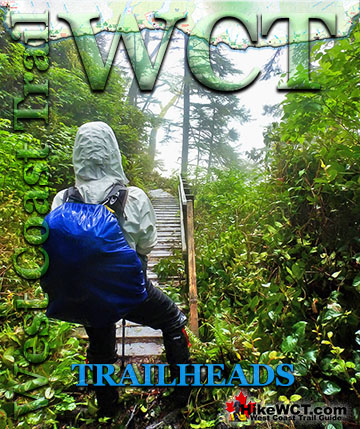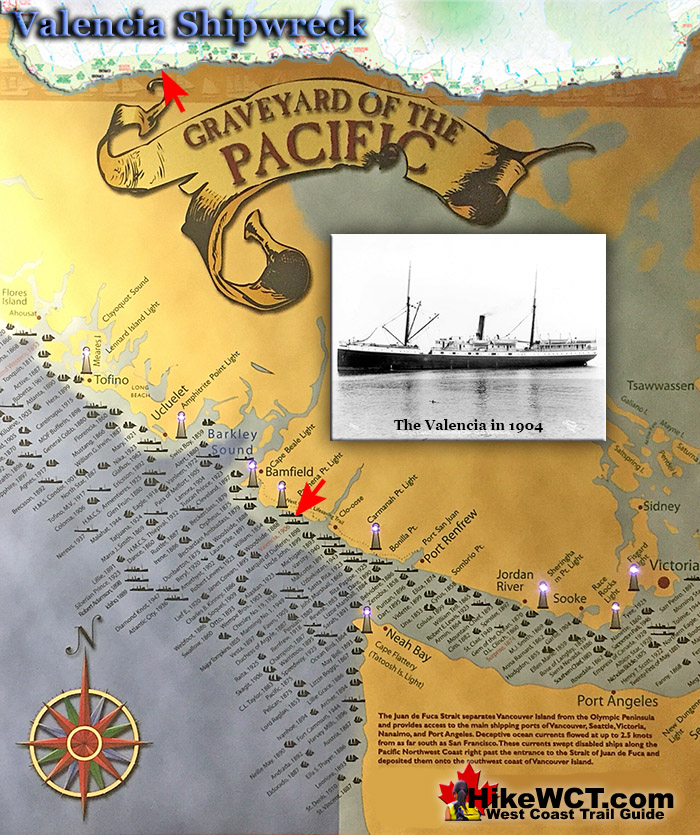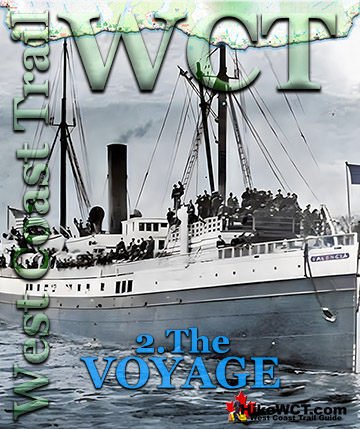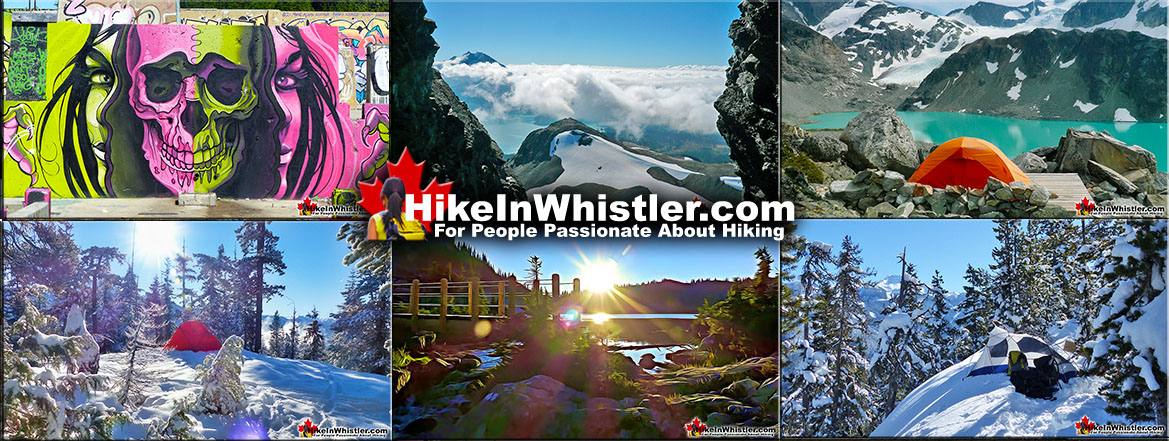![]() The Daily Colonist newspaper on the 3rd of May, 1906 reported, “On Monday another body of a victim of the wreck of the Valencia, the decomposed corpse of a child, was picked up by Mr. Logan in the vicinity of the wreck, and was buried. The body could not be identified. There are now thirteen bodies buried in the shallow graves on the sandy beach, not far from the scene of the wreck, all unidentified.
The Daily Colonist newspaper on the 3rd of May, 1906 reported, “On Monday another body of a victim of the wreck of the Valencia, the decomposed corpse of a child, was picked up by Mr. Logan in the vicinity of the wreck, and was buried. The body could not be identified. There are now thirteen bodies buried in the shallow graves on the sandy beach, not far from the scene of the wreck, all unidentified.
The Valencia Shipwreck
![]() 1. The Valencia
1. The Valencia ![]() 2. The Voyage
2. The Voyage ![]() 3. The Boats
3. The Boats ![]() 4. The McCarthy Boat
4. The McCarthy Boat ![]() 5. The Bunker Party
5. The Bunker Party ![]() 6. On the Valencia
6. On the Valencia ![]() 7. The Rafts
7. The Rafts ![]() 8. The Turret Raft
8. The Turret Raft ![]() 9. The Rescue Ships
9. The Rescue Ships ![]() 10. The Aftermath
10. The Aftermath ![]() 11. The Survivors
11. The Survivors ![]() 12. The Lost
12. The Lost
The West Coast Trail
![]() Prologue
Prologue ![]() 1: The West Coast Trail
1: The West Coast Trail ![]() 2: When to Hike & Fees
2: When to Hike & Fees ![]() 3: Trailheads
3: Trailheads ![]() 4: Getting There
4: Getting There ![]() 5: Considerations
5: Considerations ![]() 6: Campsites
6: Campsites ![]() 7: Shipwrecks
7: Shipwrecks ![]() 8: Routes
8: Routes
A number of arms and legs and some skulls have also been recovered, and each buried. A few days ago a leg, with boot and stocking intact, was washed ashore, and buried. The graves made on the island coast are very shallow, and it was anticipated by those who covered up the remains that the Dominion government would have ordered all exhumed and brought to Victoria for interment.” The Valencia was a shipwreck happened more than three months before this article was printed. The events that played out are astounding, horrific, incredible and unbelievable. The sandy beach, not far from the wreck referred to is next to Darling River and now the location of one of the campsites along the West Coast Trail. The Valencia is a story that makes the sinking of the Titanic a bit mundane by comparison, yet few people know. To tell the story of the Valencia, you need to sift through all the newspaper reports and survivor interviews. But you also have to understand the place it went ashore. The West Coast of Vancouver Island is a uniquely unforgiving place and the Valencia wrecked in a place that was inconceivable bad. The stern of the ship was about 18 metres from the shore, yet the gap was almost impossible to cross with huge breakers crashing all around them. The shoreline cliffs across that gap were even more of an obstacle. Described by the Canadian investigators that surveyed the site: “The coast where the wreck occurred consists of perpendicular, and, in some places, overhanging rocks, from 60 to 80 feet in height above high water, at which time the sea breaks against the base of the cliff. Outside the cliff are numerous rocks, most of them submerged at high tide, but forming at all stages of the water a great menace to even the smallest craft, because of the surf which continually breaks upon or over them.”
The Valencia Disaster Continued here...
The Valencia Shipwreck Disaster
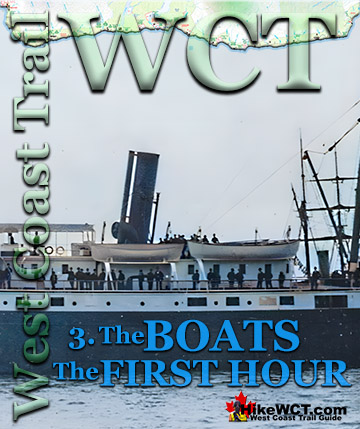
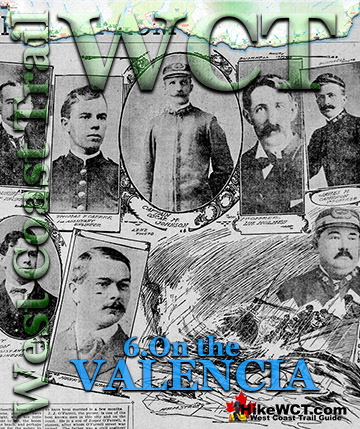
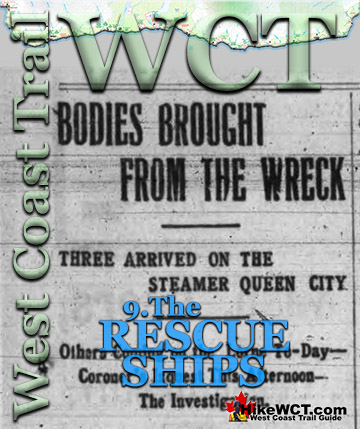
West Coast Trail Guide
